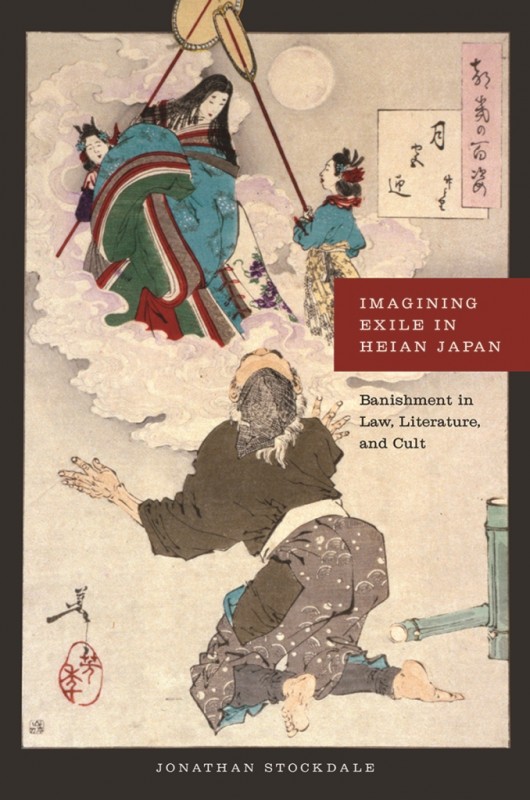How Banishment Influenced the Political and Cultural Life of Imperial Japan
TACOMA, Wash. – For more than 300 years, the Japanese imperial court of the Heian period (794–1185) abolished capital punishment in favor of exile as a means of dealing with those who transgressed the law.
Why this dramatic change in legal practice was made, and just what effect it had on the politics and culture of the time, remains a matter of debate among Japanese historians.
In a new book, Imagining Exile in Heian Japan (University of Hawai`i Press, February 2015), the University of Puget Sound professor Jonathan Stockdale examines the influential role that this change in law played at a time considered to be the peak of the Japanese Imperial Court. In an age when poetry and literature flourished, banishment became more than just a political tool: It captured the public imagination and was taken up in literature and legends, poetry and diaries, and oracles and revelations.
The compelling and well-researched volume by Stockdale, associate professor of Japanese religion at Puget Sound, is the first work in English to explore the rich resonance of exile in the Japanese court’s cultural life.
Using an interdisciplinary approach, Stockdale addresses what lay behind the legal decision to replace the death sentence with banishment. He suggests that the change may have stemmed in part from a growing fear of vengeful spirits, who were believed capable of returning to plague those who victimized them. Using both myths and recorded history, he explores how a rich culture of stories and beliefs developed around the notion of banishment. And he illustrates how the Imperial Court members appropriated these images, gestures, and quotations for their own ends.
Stockdale also looks well beyond the immediate impact on Japanese politics and culture. He considers how members of the court used the socially powerful narratives of exile to influence the future. Pointing to historical examples, he demonstrates how members of the ruling class used the stories to reimagine the existing social order, creating a form of social critique that at times led to redistributions of power that rippled throughout the court hierarchy.
Imagining Exile in Heian Japan includes numerous vivid tales of exile that influenced the time. Tracing back to the earliest known account, the book relates a myth about the god Susano, who was banished by his father from the Heavenly Plain after he neglected the territory under his protection and, once confronted, fell weeping, causing “the verdant mountains to wither and all the rivers and seas to dry up.”
“At this, the cries of malevolent deities were everywhere abundant like summer flies and all sorts of calamities arose in all things”—the Kojiki (Record of Ancient Matters).
Delving into folklore, Stockdale writes about Kaguyahime, the Shining Princess of the Supple Bamboo, who refuses to marry and drives her five rich suitors to ruin before she finally is allowed to return to the moon, from which she had been banished. Then, the semihistorical tale about the retired emperor Sutoku, whose vengeful spirit was said to have returned after his exile, wreaked havoc and causing the Imperial House to fall from power.
The stories examined are compelling, poetic, sagacious, and, at times, critical of society, almost satirical. Stockdale analyses the narratives astutely, employing them to build his arguments about the court and culture.
In a review of the book, Gary Ebersole, professor of religion, Japan, and cultural history at University of Missouri-Kansas City and author of Ritual Poetry and the Politics of Death in Early Japan wrote:
“Stockdale skillfully weaves together tight analyses of relevant myths, fictional tales, law codes, historical accounts, and religious cults to produce a luminous refiguring of the poetics and politics of the Heian court. This insightful study will be of interest to students of Japanese literature, religion, history, politics, and law.”
The book is available on the publisher’s website and at Amazon, among other outlets.
Press photos of the book jacket and author can be downloaded frompugetsound.edu/pressphotos.
For the publisher’s web page, visit http://www.uhpress.hawaii.edu/p-9358-9780824839833.aspx.
Tweet this: Imaging Exile in Heian Japan, #newbook by Jonathan Stockdale @univpugetsound @UHPressNews #japanesehistory http://bit.ly/1FmTsTF
Follow us on Twitter! twitter.com/univpugetsound

